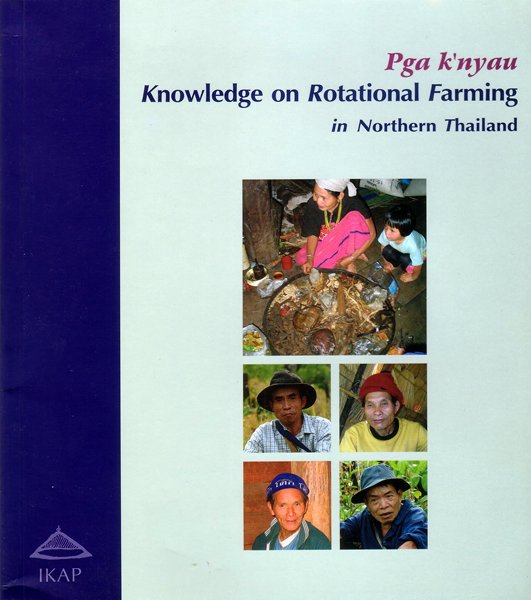In the final footnote of Claudio Delang’s edited collection Living at the Edge of Thai society: the Karen in the Highlands of Northern Thailand Charles Keyes refers to an article I published in 2001 which critically assessed a range of Thai-language publications on the Karen:
Walker has created a strawman–which he labels the ‘Karen consensus’–which he accuses of promoting a ‘primordialist’ ‘commitment to Karen culture as an intrinsic property of a defined and definable group of people.’ As the contributions to this volume clearly demonstrate, no such ‘Karen consensus’ exists.
In fact what I had written was slightly different. I had argued as follows:
For some of its originators the [Karen] consensus may, perhaps, arise from a firm commitment to Karen culture as an intrinsic property of a defined, and definable, group of people. Under threat from the external forces of the market and the state, this unique ethnic heritage is seen as deserving of documentation, preservation and promotion. However, the authorship of a primordial ethnic identity does not necessarily amount to a commitment to primordialist views of culture. The recognition that traditionalism can be a strategically useful manoeuvre in the pursuit of rights and resources is now commonplace.
In other words what I was trying to suggest was that the “Karen consensus” is motivated not by primordialist sentiment but by political strategy. That this politically strategic strawman is still alive and well is illustrated by the recent publication of Pga k’nyau [Karen] Knolwedge on Rotational Farming in Northern Thailand (IKAP Network, 2006)
This is a wonderfully detailed account of rotational shifting cultivation (rai mul wian), an agricultural technique that has become emblematic of Karen identity. It is one of the best presented and illustrated accounts of rai mul wian that I have seen. Government officials and development workers that vilify upland agricultural practises as backward and environmentally destructive would do well to read it. Its publication in English is a great bonus, as much of the detailed work on rai mul wian currently appears only in Thai.
But, ultimately, I find the book unconvincing and I stand by my earlier critical assessment of this genre of representation of Karen economy. What is lacking in these detailed accounts of rai mul wian is a realistic assessment of its contribution to local livelihood in a context of population increase, market integration, national landuse regulation and changing Karen aspirations. It is clear that such agricultural systems have a role to play (and in some locations a very significant role). But surely there is a need to understand how they relate to other livelihood pursuits – paddy rice cultivation, cash cropping in both permanent and rotational fields, fruit trees and, in particular, wage labour. This is well illustrated by the case of Mae Laan Kham which is an iconic village in the rai mul wian campaign (one of its hamlets is discussed in this book). Sit by the roadside leading to the village in the garlic planting (or harvesting) season and you will be struck by the number of laden pickups taking Karen labourers to work in the garlic fields of their lowland neighbours.
There is much to learn from this book. But working towards political and economic sustainability in upland farming systems requires a more concerted focus on the multiple livelihood activities in which Karen are involved. There may be some political benefit in creating selective accounts of Karen livelihood but, ultimately, these simplifications are politically disempowering given their exclusion of Karen diversity. This simplified vision, and its celebration of ecologically friendly subsistence lifestyles, contributes to the view that commercially-oriented upland farmers are illegitmate occupants of upland forested zones. Is this really a solid basis for an inclusive political strategy in an era of profound livelihood transformation?
 Facebook
Facebook  Twitter
Twitter  Soundcloud
Soundcloud  Youtube
Youtube  Rss
Rss 